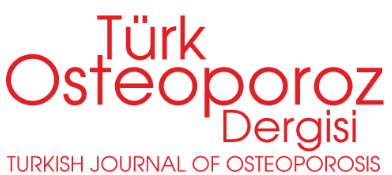ABSTRACT
SummaryAs human beings venture into space to travel to distant planets and to colonize, they will be confronted with osteoporosis that could put them at risk for fracture when they return to Earth. This paper reviews the possible mechanisms by which unloading of the skeleton -such as during space flight and scuba diving- results in rapid mobilization of calcium stores from the skeleton and also the interventions to stabilize bone loss in astronauts. Weightlessness increases urinary calcium excretion, decreases intestinal calcium absorption, and increases serum calcium level, with decreased levels of serum parathyroid hormone and calcitriol. Bone resorption is increased, whereas bone formation is decreased. The loss of bone mineral density (BMD) in some regions of the skeleton is 1.0-2.0 % per month.. Countermeasure programs have depended solely upon exercise. However, osteogenic stimulus from exercise has been shown to be inadequate to maintain bone mass. There are also no data to show the efficacy of pharmaceutical agents for prevention of osteoporosis in astronauts. Trails using pharmaceutical agents in space are being planned.



